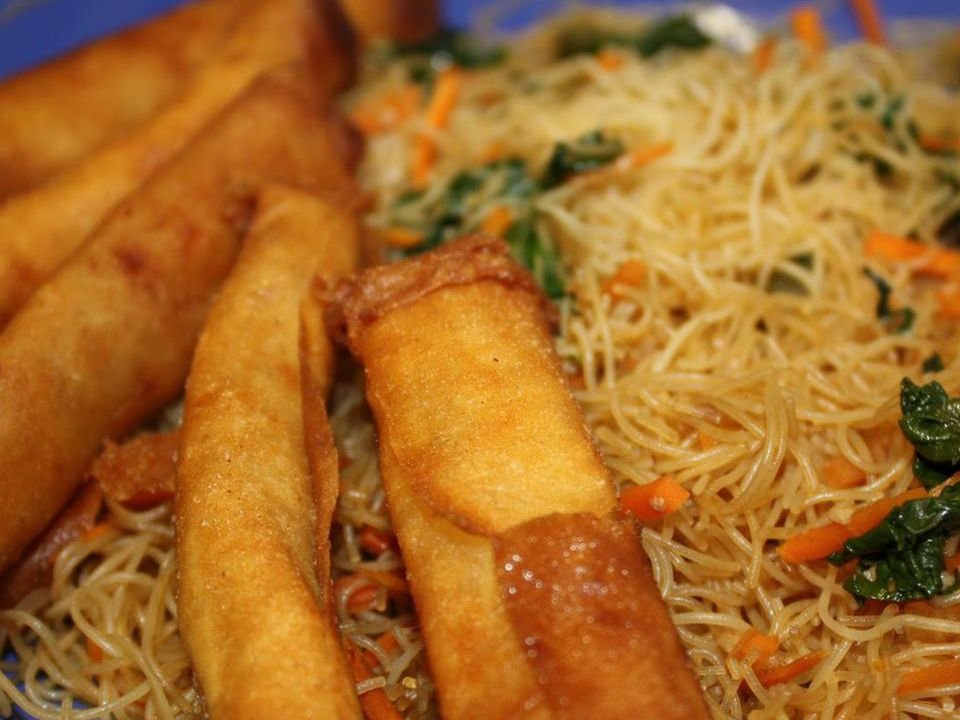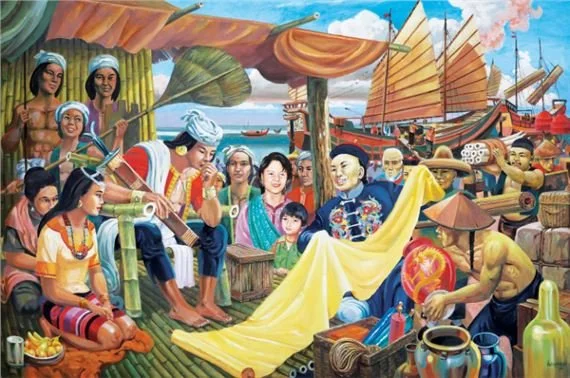Chinese influence in the Philippines, dating back centuries before Spanish colonization, has significantly shaped Filipino culture, trade, cuisine, and language. Chinese traders introduced products like silk, porcelain, and agricultural techniques, while intermarriage between Chinese migrants and native Filipinos led to the emergence of the ‘Mestizo de Sangley’ community. Many Filipino dishes, such as pancit (noodles) and lumpia (spring rolls), have Chinese origins. Hokkien words are embedded in Filipino languages, and Chinese values like filial piety and entrepreneurship remain strong in Filipino society. Today, Chinese influence continues in business, architecture, and traditions, reflecting a long history of cultural exchange.
THE OLDEST CHINA TOWN IS IN BINONDO, MANILA PHILIPPINES WHICH WAS ESTABLISHED IN 1594






